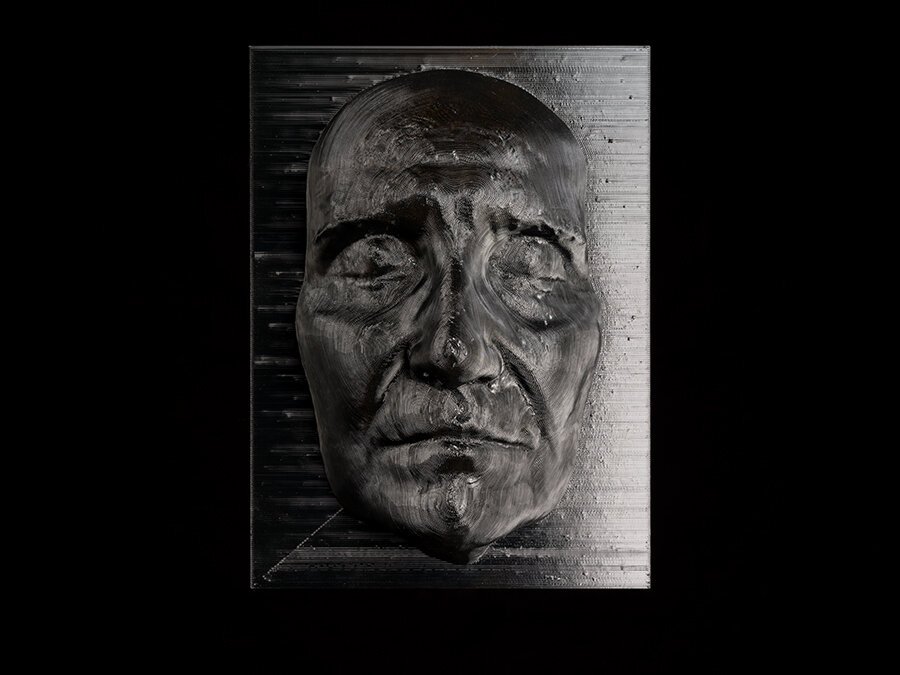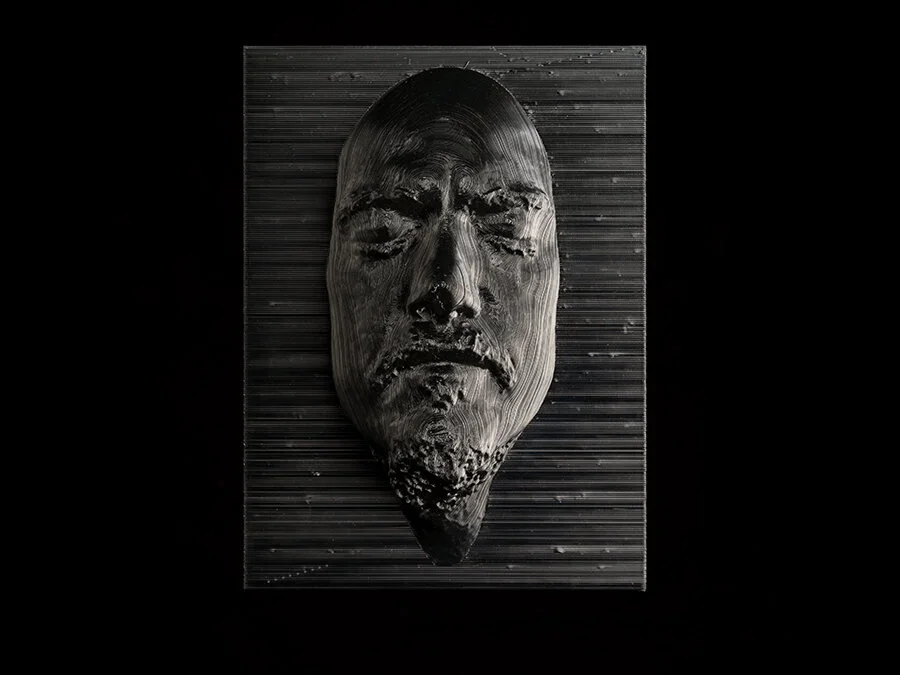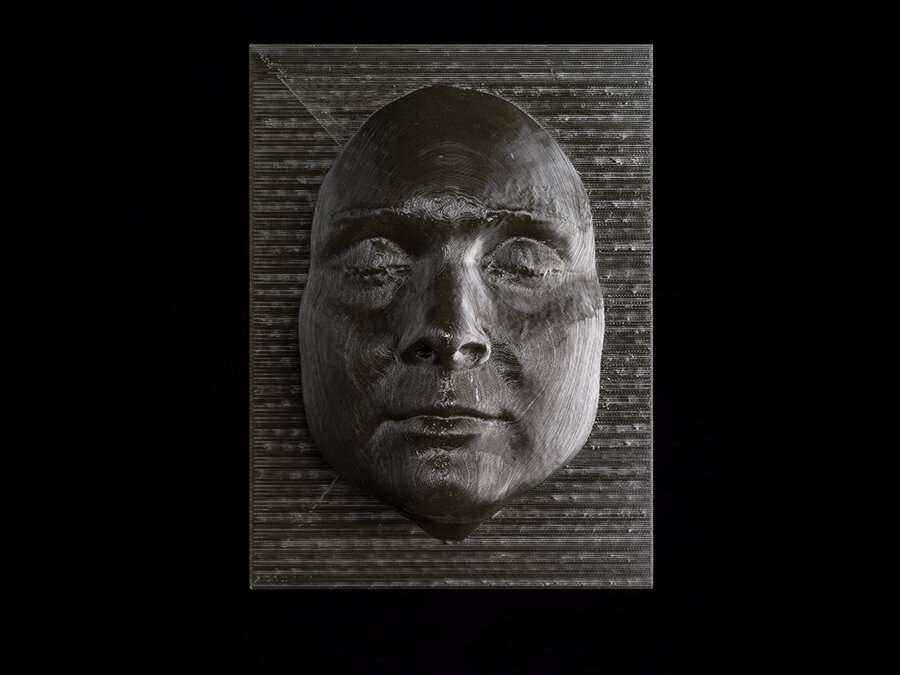When we look out into the cosmos we’re surprised by the quietness of it. With how old the universe is and how probable it is that there was or is other life out there, it is surprising that we can’t detect any of it. Any civilization as advanced or more advanced than ours likely would go through a noisy period of radio and similar modes of communication that we could ‘hear’ from the vast emptiness of space. That thus far we haven’t heard anyone is called the Great Silence.
One explanation for the silence is that civilized life may be rare even if primitive life is quite common. When we finally begin to explore the cosmos we could find ourselves rather alone. However, like a desert wanderer stumbling into a sandworn ruin we could find that others have come before us. On worlds yet to be explored we could discover their artifacts, empty cities, and the effects of their civilization on a planet’s meteorology and geology. Our own objects, buildings, and effects of industry will long outlast humankind, forming similar ruins for others to eventually find.
With the rise of industry we have created a lasting atmospheric imbalance that will be long reflected in our planet’s meteorology, ecology, and geology. When the first atomic bomb was set off we laid detectable markers in our geologic record of the rise of nuclear power. Impregnated with those atomic markers are plastics, which, similar to the shells and bones of extinct animals becoming fossils, will form plastiglomerate (a fusion of rock and plastic) that will denote the start of the Anthropocene.
Other than the effects on our planet what kind of artifacts from our time will remain? The works of stone, metal, and wood from the cultures of early humans lay strewn about our environment. They are records of their rise out of barbarism and remain as markers of the technological advances they made while being records of who they were and what they found important. Through the 20th century we saw the rise of mass production. At the start of the 21st we’re seeing mass production being pushed further through 3D printing. As a civilization we need an increase in production to sustain our growing population but culturally we are placing greater and greater value on individualism and uniqueness. The 3D printed scans of real people are my marker for this trend.
Those 3D busts are presented within an artificial black environment lighted by a waning and waxing cosmic source. As it cycles the existence of the busts and the others around them wink in and out of view. Dominating a wall are panels of text that form a mirror surface. As we try to discern the meaning of the writing we can see indistinct outlines of ourselves. In the future how will this period be remembered? In the far future, after humankind has passed, how will others finding the remnants and artifacts discern their meaning? What is humankind’s Cosmic Remembrance?
Want to join the Archive?
If you would like to have your likeness added to archive please email me at reagan@reagandpufall.com. The models are photogrammetry based. The process is fast and involves sitting still for about 2 minutes while I take ~70 pictures of your face from varying angles. Participants get a digital version of their face. Small prints (100mm) are available for $25 and exhibition size (250mm) for $100.
This work has received generous support from
Brogan & Stafford P.C.
NAC Ladies Guild (Norfolk Arts Center Ladies Guild)














































